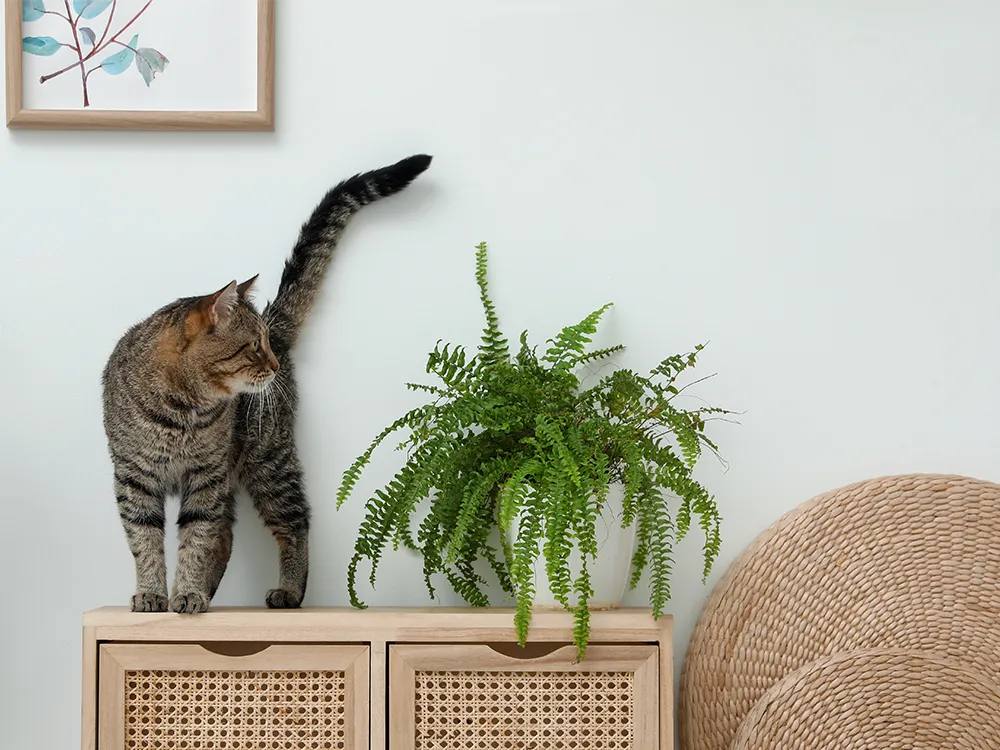At a glance
-
Light
Bright, indirect light — no direct sun.
-
Water
Keep soil consistently moist, never let it dry completely.
-
Temperature
16–24 °C, dislikes cold drafts.
-
Humidity
High (60%+) — thrives in bathrooms, kitchens, or near a humidifier.
Care difficulty
Moderate
Ferns appreciate a bit of extra attention, especially when it comes to humidity and consistent watering. With a regular care routine, they’re very rewarding and bring lasting greenery to any space. Even beginners can succeed if they keep the soil slightly moist and avoid very dry air.
Detailed care instructions
-
Light
Ferns prefer bright but filtered light. Place them near a north or east-facing window, or a few meters from a south/west window with sheer curtains. Direct sun scorches fronds.
- Asplenium (Bird’s Nest Ferns): tolerate slightly lower light.
- Platycerium (Staghorn Fern): enjoys brighter filtered light.
-
Water
Keep the soil evenly moist, but not soggy. Use room-temperature water.
- Check the top 2 cm of soil; if it feels slightly dry, water.
- Rainwater is best as it prevents mineral buildup, but tap water is fine if it isn’t very hard. If your tap water is hard, flush the soil occasionally to wash out salts.
- Reduce watering slightly in winter when growth slows.
- For misting, use distilled or filtered water to avoid white spots on the fronds.
-
Humidity
These plants are native to humid forests. Aim for 60% humidity or higher.
- Bathrooms and kitchens are excellent locations.
- Pebble trays: Place the pot on a tray filled with water and pebbles. The pot should sit on the stones, not in the water — as the water evaporates, it raises humidity around the plant.
- Humidifiers: The most reliable way to keep humidity steady.
- Misting: Light misting can help temporarily, but it’s less effective than pebble trays or humidifiers and should not be the only method.
-
Temperature
Ferns thrive in 16–24 °C. Avoid drafts from windows or air conditioners. They do not tolerate frost or extreme heat.
-
Fertilizer
During spring and summer, feed with a diluted balanced liquid fertilizer every 4–6 weeks. In autumn and winter, fertilizing can be paused.
- Nephrolepis (Boston Fern): benefits from slightly more frequent feeding.
-
Soil & Repotting
Use a peat-free, well-draining potting mix rich in organic matter (a “houseplant” or “fern” mix).
- Repot every 2 years, or when roots fill the pot.
- Choose a pot with drainage holes.
- For epiphytic ferns (e.g., Staghorn Fern), mounting on wood is also possible.
Common problems & solutions
What it looks like: The tips or edges of fronds dry out, turn brown, and crumble.
Cause: Air is too dry, or the plant is too close to a heat source.
Fix: Increase humidity with a humidifier or pebble tray, move away from radiators or vents.
Prevention: Place ferns in humid rooms (bathrooms/kitchens) and keep humidity above 60%.
What it looks like: Lower leaves fade from green to yellow before dying off.
Cause: Overwatering or poor drainage, sometimes low light.
Fix: Check that soil drains well and the pot has holes; allow the topsoil to dry slightly before watering again.
Prevention: Water consistently but avoid soggy soil. Use a light, airy potting mix.
What it looks like: Fronds go limp and lose structure.
Cause: Underwatering, or occasionally root damage from compacted soil.
Fix: Water thoroughly, allowing excess to drain. If soil is compacted, repot in fresh mix.
Prevention: Check soil moisture regularly, especially in summer.
What it looks like: Tiny brown or yellow dots, fine webbing, or sticky residue.
Cause: Pests such as spider mites, scale insects, or mealybugs.
Fix: Rinse the plant under lukewarm water, then treat with insecticidal soap or neem oil.
Prevention: Keep humidity high (spider mites thrive in dry air) and inspect leaves weekly.
What it looks like: Healthy-looking fronds collapse or fall off quickly.
Cause: Shock from drafts, sudden temperature swings, or transplant stress.
Fix: Move the plant to a stable spot away from windows/doors, and avoid overhandling after repotting.
Prevention: Keep temperature steady, and repot only when necessary.
Ferns
-
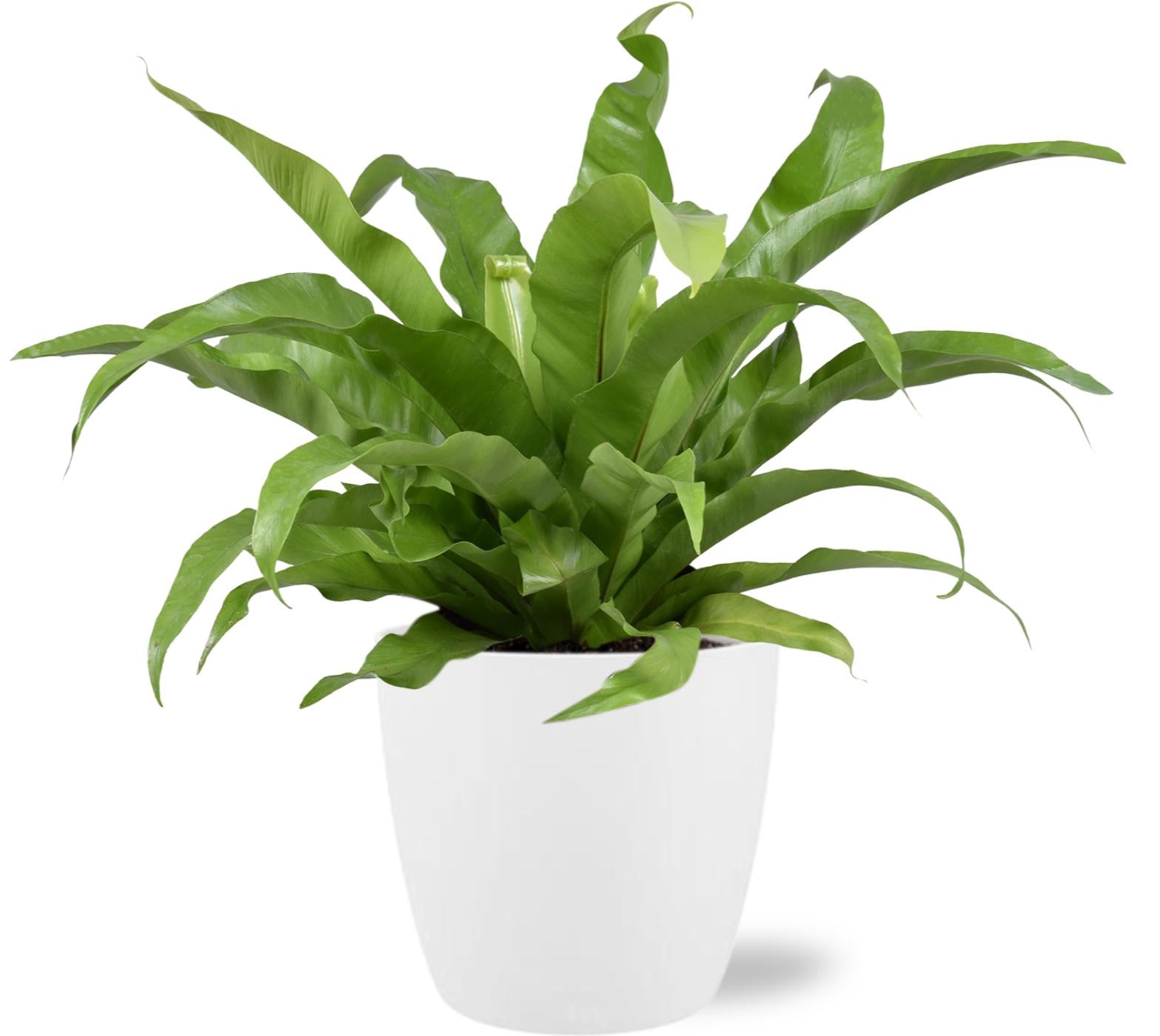

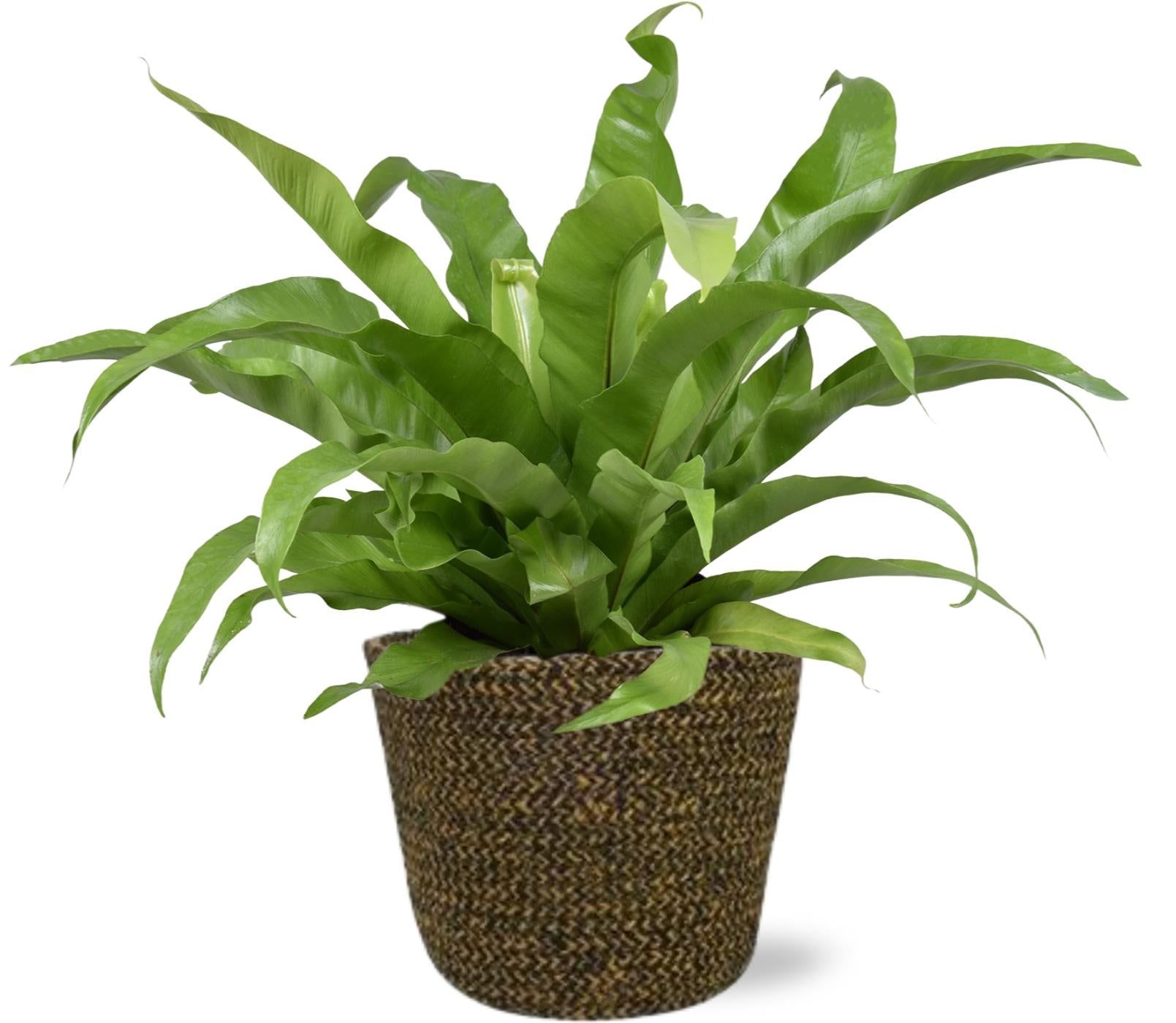
Asplenium Antiquum (M) + Decorative Pot
Japanese bird’s-nest fern- Regular price
- From €33,95
- Sale price
- €38,95
- Unit price
- per
- 45 centimeters
- 17 centimeters pot diameter
- Cat-safe
- Dog-safe
-
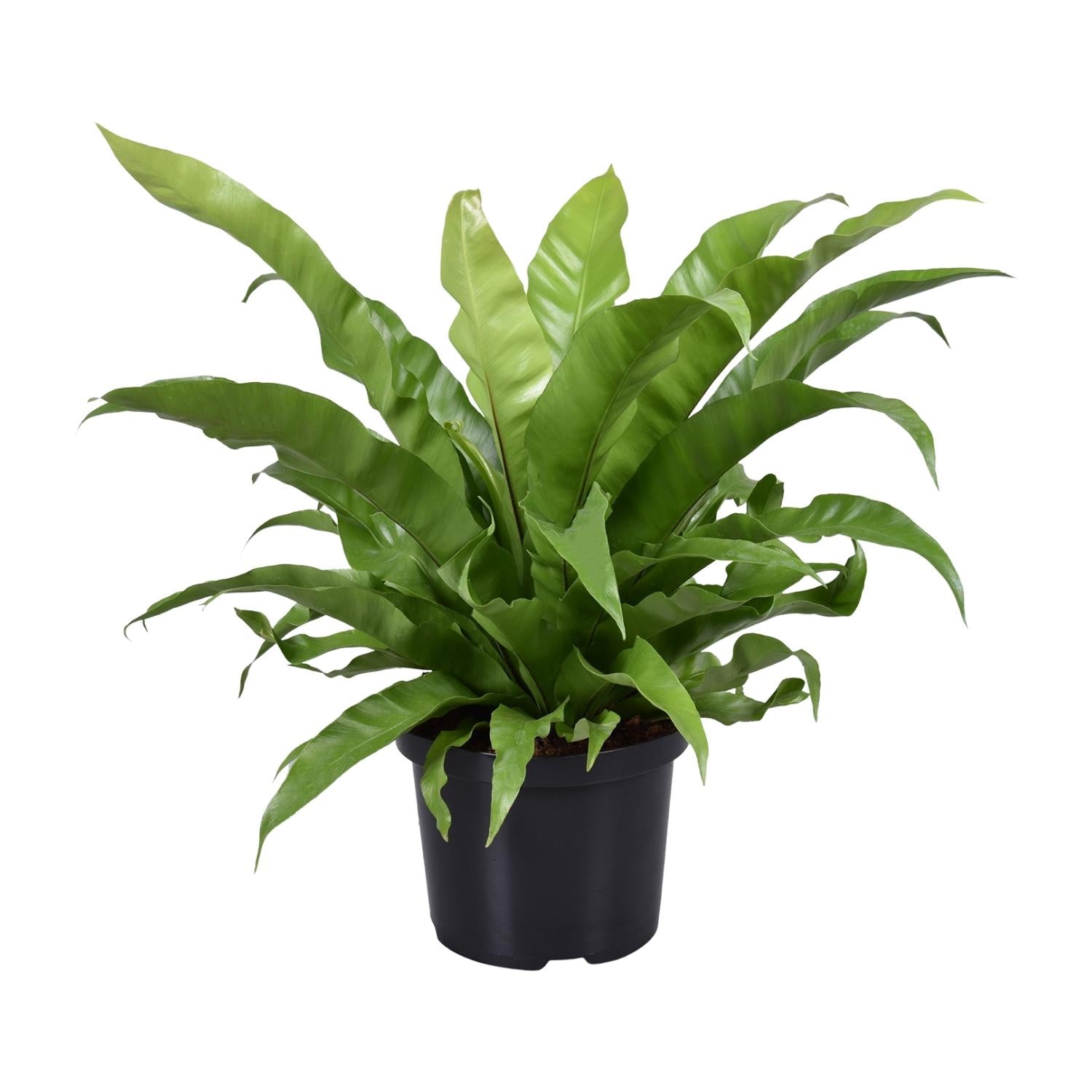

Asplenium Antiquum - Large
Japanese bird’s-nest fern- Regular price
- €55,95
- Unit price
- per
- 60 centimeters
- 23 centimeters pot diameter
- Cat-safe
- Dog-safe
-
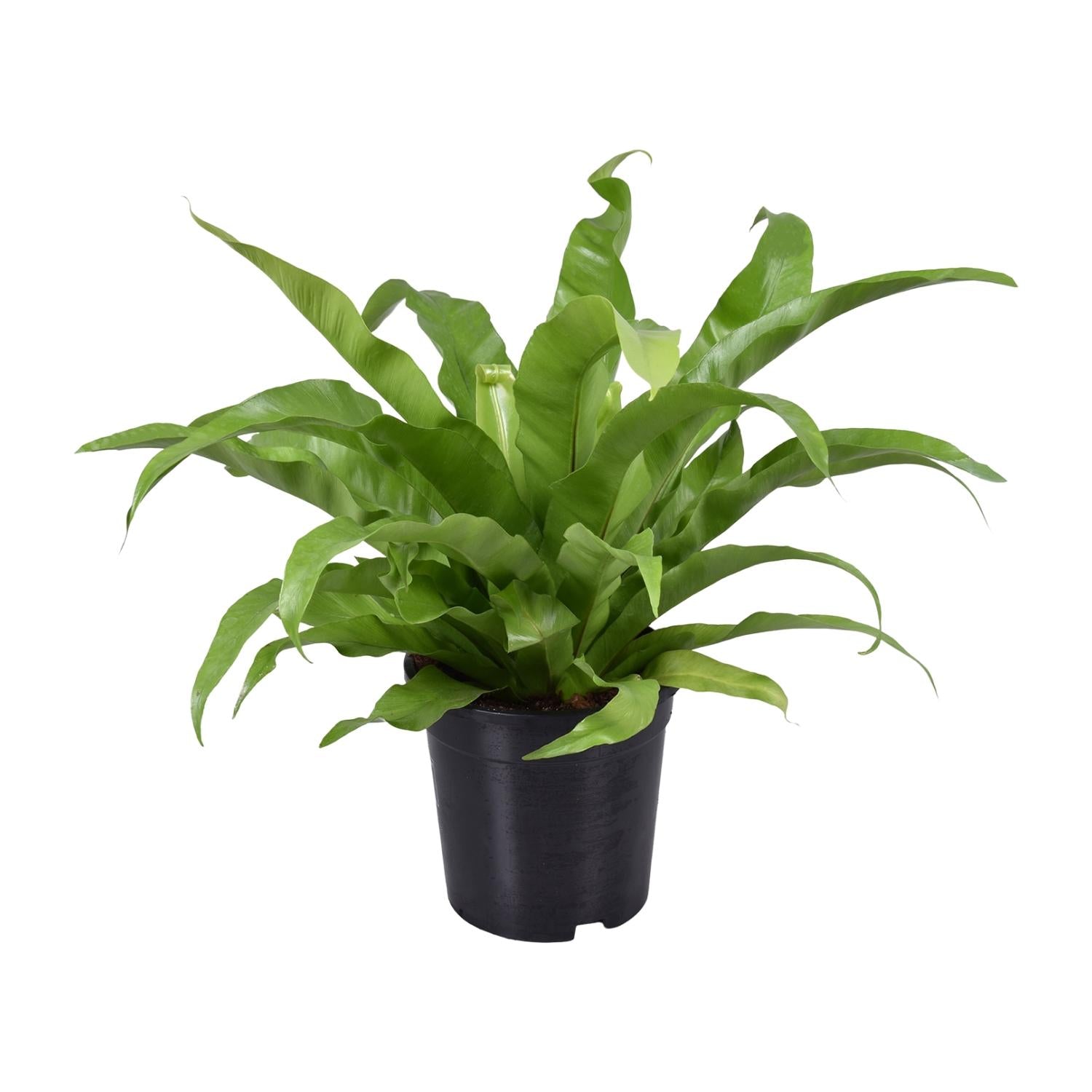

Asplenium Antiquum - Medium
Japanese bird’s-nest fern- Regular price
- €25,95
- Unit price
- per
- 45 centimeters
- 17 centimeters pot diameter
- Cat-safe
- Dog-safe
-
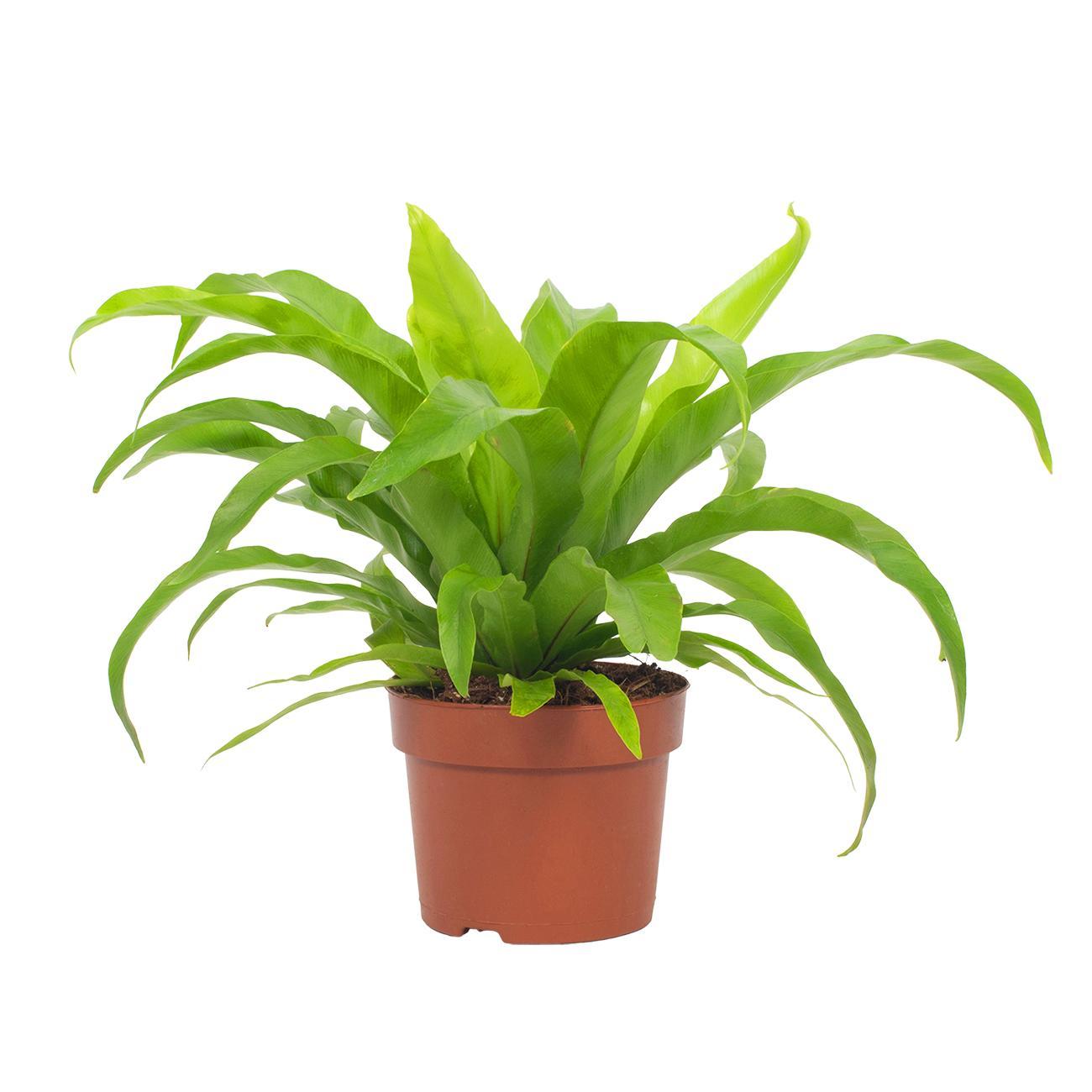

Asplenium Antiquum - Small
Japanese bird’s-nest fern- Regular price
- €14,95
- Unit price
- per
- 19 centimeters
- 12 centimeters pot diameter
- Cat-safe
- Dog-safe
-
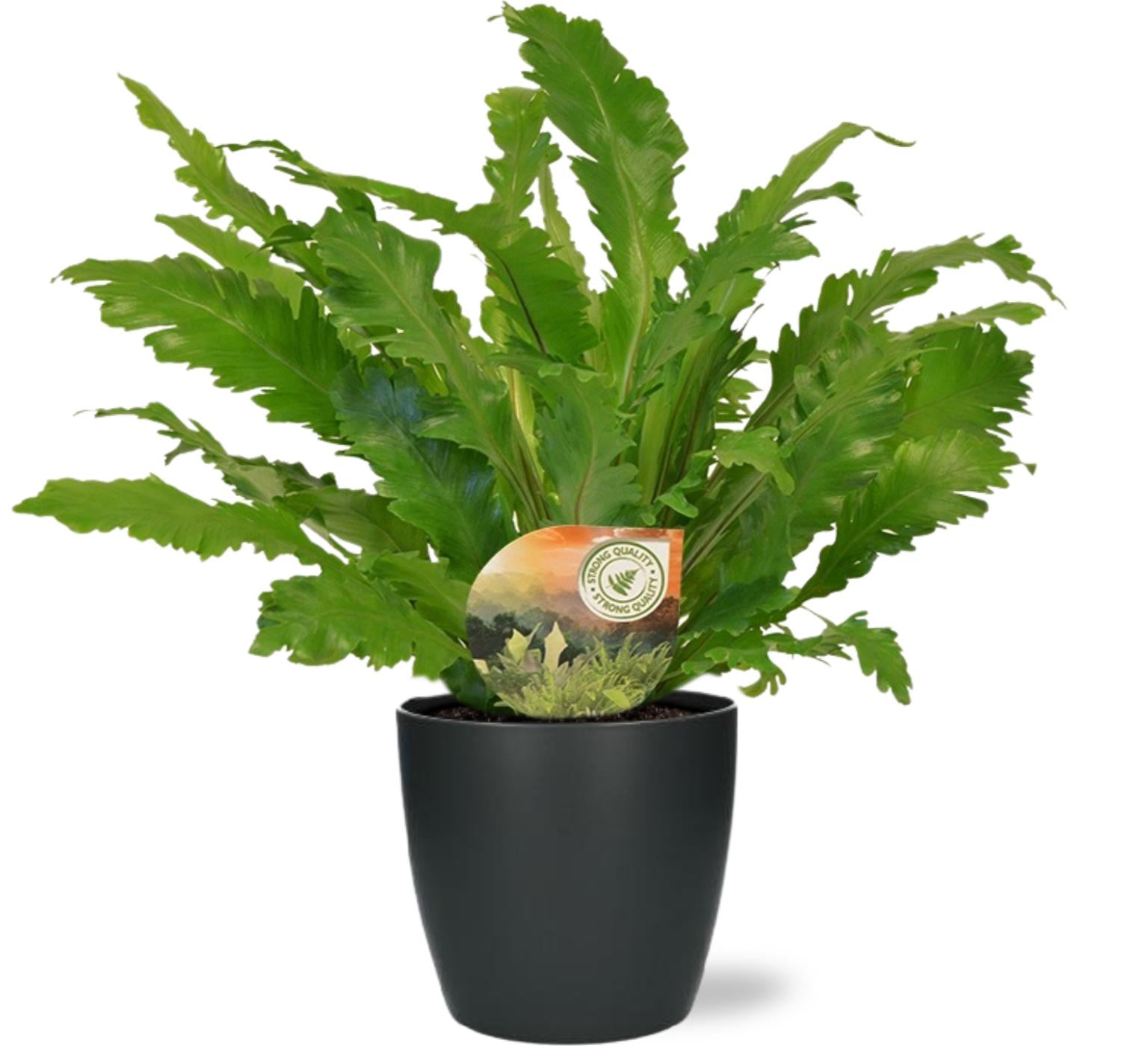

Asplenium Antiquum Campio (L) + Decorative Pot (Black)
Japanese bird’s-nest fern ‘Campio’- Regular price
- €39,95
- Sale price
- €45,95
- Unit price
- per
- 50 centimeters
- 17 centimeters pot diameter
- Cat-safe
- Dog-safe
-
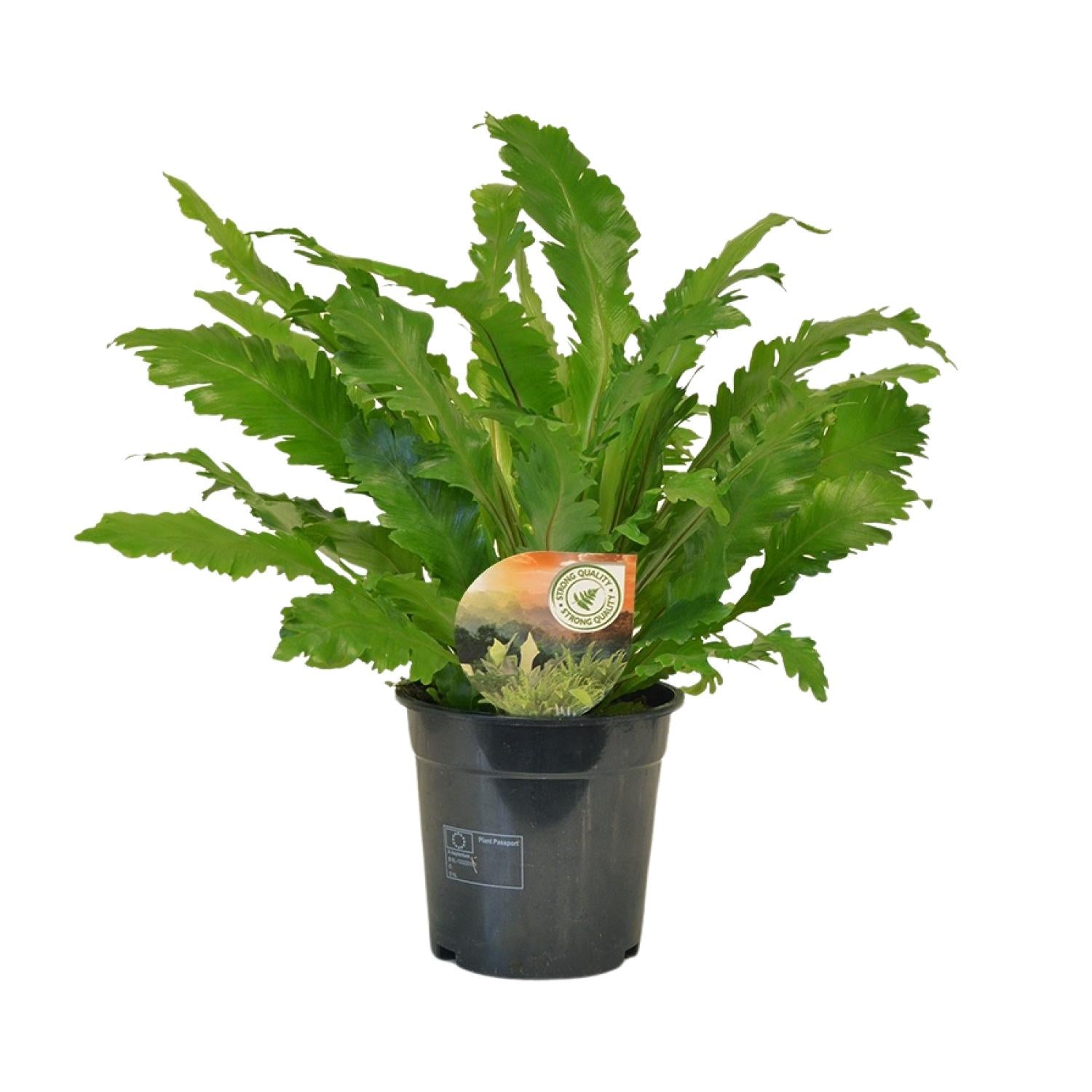

Asplenium Antiquum Campio - Large
Japanese bird’s-nest fern ‘Campio’- Regular price
- €29,95
- Unit price
- per
- 50 centimeters
- 17 centimeters pot diameter
- Cat-safe
- Dog-safe
-
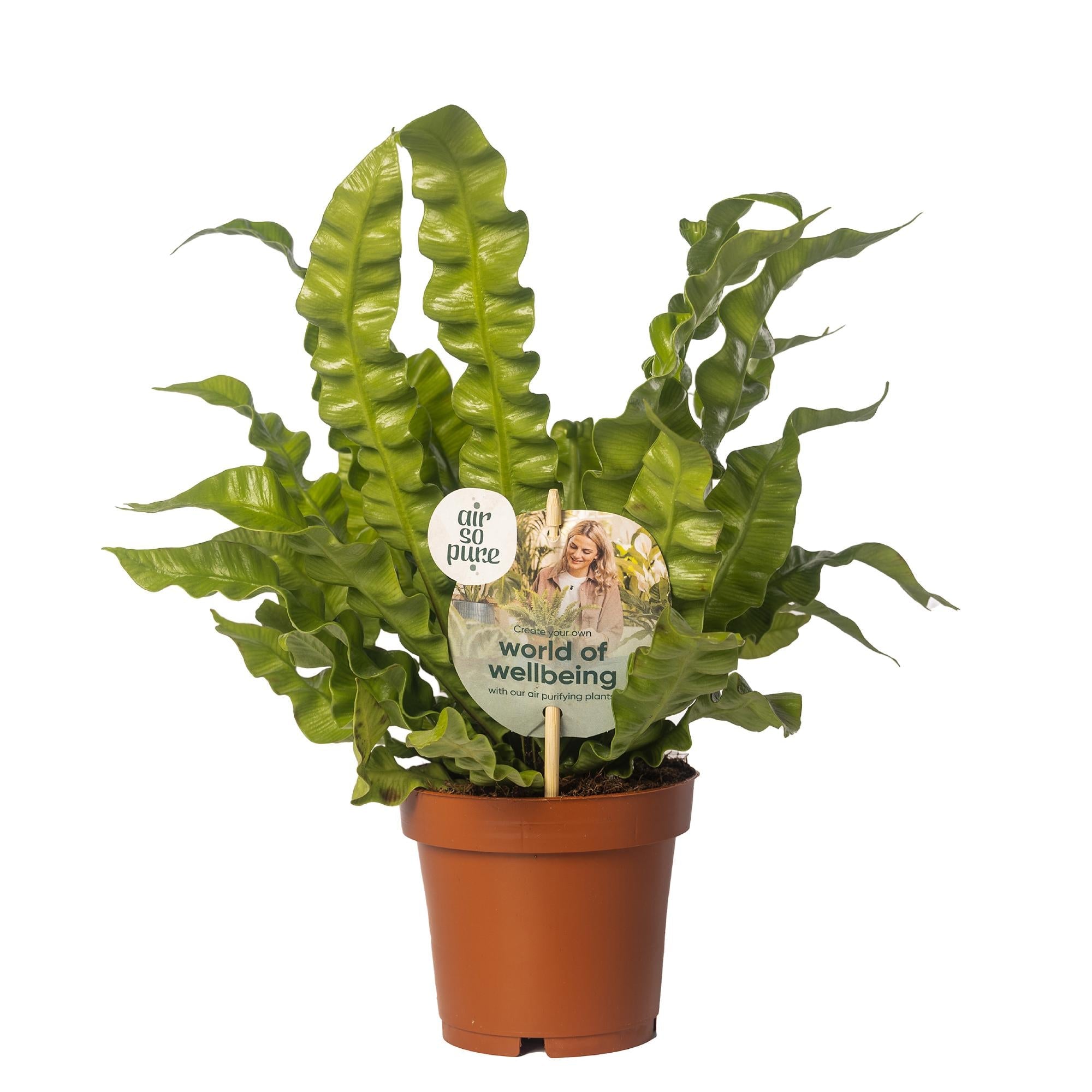

Asplenium Antiquum Crispy Wave
Japanese bird’s-nest fern ‘Crispy Wave’- Regular price
- €19,95
- Unit price
- per
- 25 centimeters
- 12 centimeters pot diameter
- Cat-safe
- Dog-safe
-
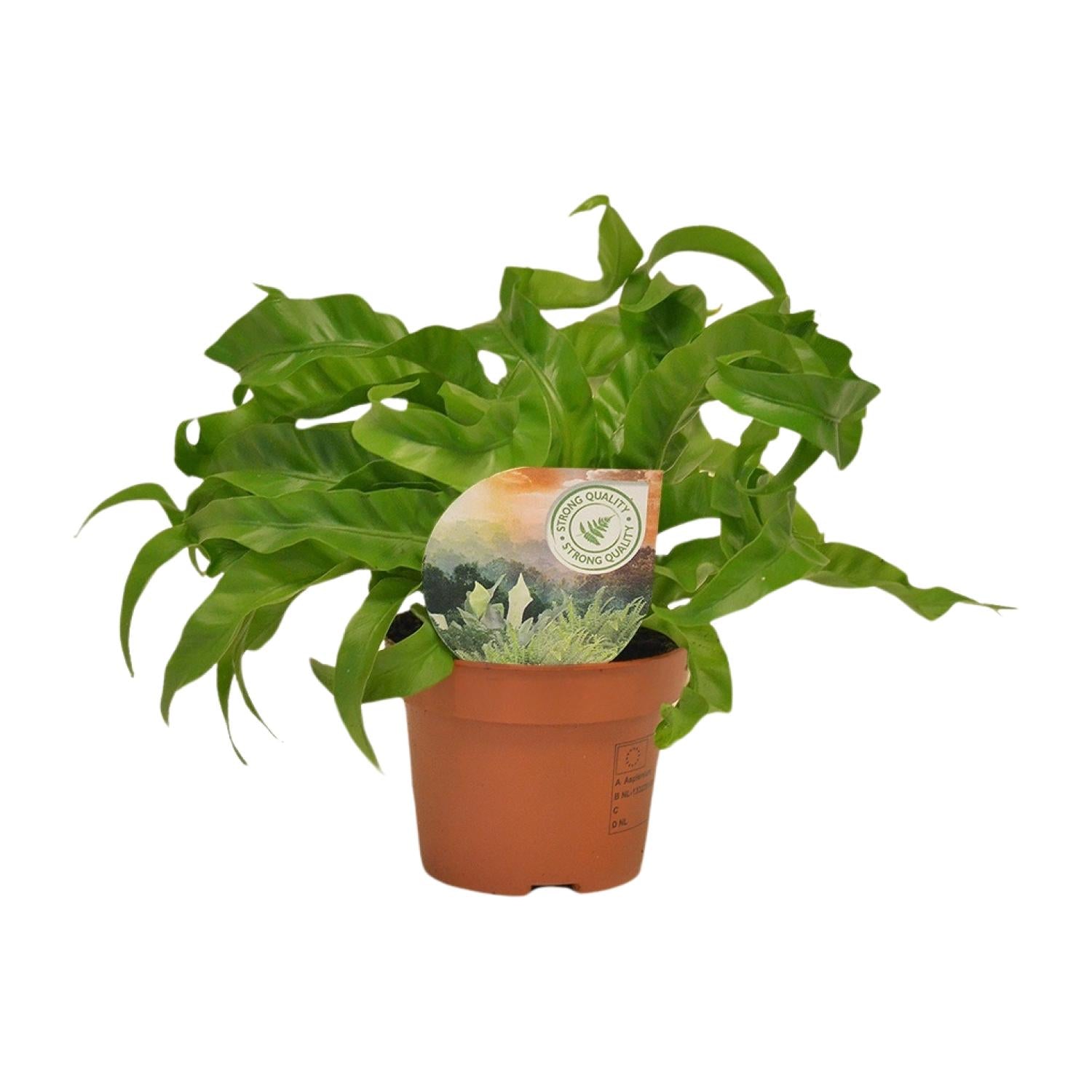

Asplenium Antiquum Hurricane
Japanese bird’s-nest fern ‘Hurricane’- Regular price
- €19,95
- Unit price
- per
- 30 centimeters
- 12 centimeters pot diameter
- Cat-safe
- Dog-safe
